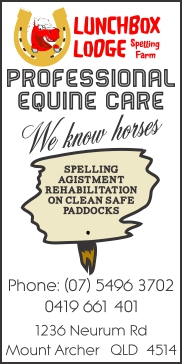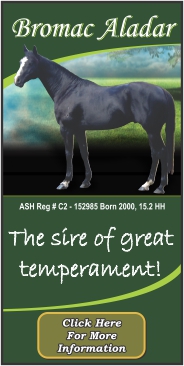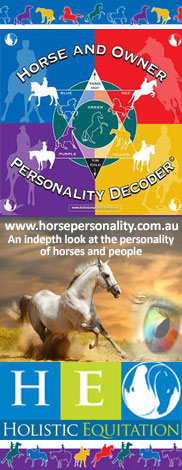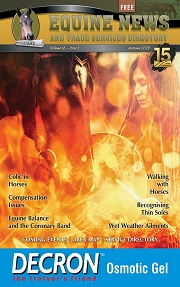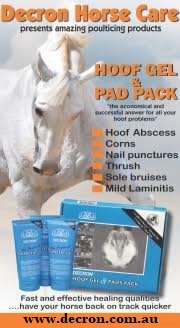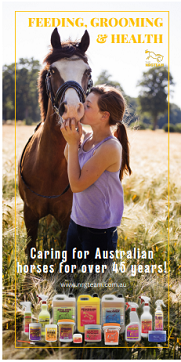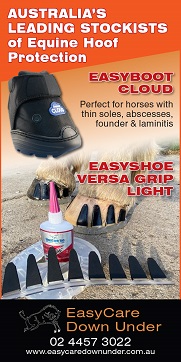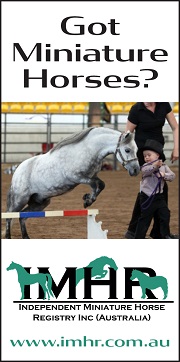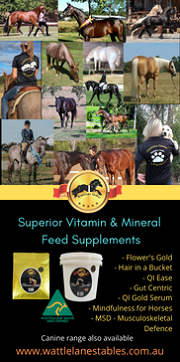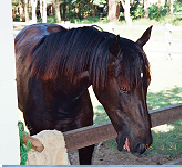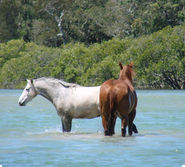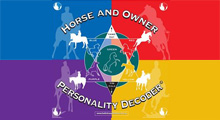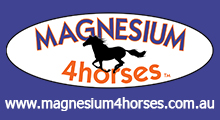T W Hicks, BS, MS, BVSc, DVM
Wayne ‘Link’ Baumann, Master Farrier
The malady known as ‘Club Foot Syndrome’ (CFS) is a genetically transmitted conformation defect affect one or both front feet. The condition is prevalent in “Hot Blood” and ‘Warm Blood” species, however, “Cold Blood” and “Purebred Ponies” seem to have escaped the anomaly. As noted, the Syndrome affects the front limbs and is not identified in the hind limbs in its genetic form.
To begin this study lets get some terminology down so that the remainder of this article is reasonably understandable:
- Pedal Bone Angle – The actual angle of the pedal bone as measured on a life size or compensated digital radiograph,
- Palmar Angle – The angle of the pedal bone to the ground surface as measured in a life size or compensated digital radiograph where the horse is standing equal weight bearing on both front limbs at the time of radiographic examination,
- Palmar – The back side of the front limb from the level of the carpus (knee) to the tip of the toe, including the ground (sole) surface of the pedal bone,
- DDFT – Deep Digital Flexor Tendon,
- Dish – A curving of the external hoof wall, when viewed from the side, from Coronary Band to the tip of the toe,
- Digital Cushion – Soft tissue located in the pack of the foot between the palmar aspect of the pedal bone and the frog and heel,
- Unilateral – affecting one side/limb
- Bilateral – affecting both sides/limbs
Characteristically in ‘CFS”, one foot is more upright and box shaped (‘Club Foot’) (Picture 1), while the other appears to have a longer toe and low heel (‘Slam Dunk’) (Picture 2) compared to the other. Radiographically, the Club Foot pedal bone has a greater physical angle than its Slam Dunk counterpart. (Pictures 3 & 4)
The syndrome is generally noted as being ‘Unilateral’ (affecting only one pedal bone) (Picture 5), however, the ‘Bilateral’ condition does occur and requires differentiation to the condition described as Bilateral Deep Digital Flexor Tendon Contracture (DDFT). The difference is readily determined by physical and radiographic examination. The normal pedal bone angle for most horses is between 42 and 48 degrees, when the physical angle of the pedal bones are greater than 48 degrees and both feet present with a more ‘boxy’ shape than normal, Club Foot Syndrome can be confidently diagnosed. The Deep Digital Flexor Tendon contracture syndrome presents with normal pedal bone angles and a reasonably normal looking foot, however, both heels are abnormally high.
As well as differentiating the Syndrome from DDFT Contracture, it too must be distinguished from injury induced conformational defects affecting one or both limbs. Injury to the DDFT will likely cause a more upright hoof capsule angle. Again, it is imperative to look at the hoof physically and pedal bone radiographically, using the above parameters, in order to determine the true nature of the defect.
“CFS” consists of a pair of situations. One, the pedal bone has a genetically greater pedal bone angle. This is considered to be an “in utero” (within the womb) effect to counter DDFT length. Two, the DDFT is genetically shorter than its counterpart. Long bones in both front limbs continue to follow their genetically predetermined growth patterns. Therefore, the shorter DDFT pulls the heel of the pedal bone higher than its counterpart.
The opposite forelimb, the “Slam Dunk” foot continues to grow at its genetically normal rate and has a normal pedal bone angle. However, this limb, due to its normal length, begins, from the time of birth, to bear more of the body weight load. The result is more downward pressure by the bone column upon this pedal bone, resulting in digital cushion compression and a zero or negative palmar angle.
The DDFT originates from its muscular origin behind the forearm just above the level of the carpus (knee) and has a single insertion (attachment) onto the palmar (back surface) of the pedal bone. The relative inelasticity of the DDFT, in its genetically shortened form, exerts a greater upward pull on the palmar aspect of the affected limb thereby ‘lifting’ the heel from the ground.
Note that this genetic defect, no matter the severity with which it is presented, begins at conception and is present at birth. The condition becomes more noticeable with growth and weight gain. However, the trained eye can pick out the subtle changes early on when correction is more likely and successful.
All too often we are presented with ‘Club Foot’ baby’s at the age of six months to a year with a history of “Doc, she was normal last week”. Generally, missing the syndrome early is a result of the “Grade” of the syndrome that is present. We categorize the syndrome in Grades 1 – 4:
- Grade 1 – The heel is higher than normal compared to the opposite limb and the pedal bone angle of the affected foot is larger than the opposite,
- Grade 2 – All aspects of Grade 1, however, there is a slight ‘Dish’ in the hoof capsule wall when viewed from the side,
- Grade 3 – All aspects of Grades 1 & 2, however the hoof is noticeably upright with a very high heel and a very prominent dish is visible in the hoof capsule,
- Grade 4 – The dorsal wall angle of the hoof is at or about 90 degrees to the ground or greater and the heel of the affected limb fails to reach the ground.
In very young horses, those less than two months of age, CFS in the Grade 1 form can usually be managed using nutritional management of both mare and thus foal, in an effort to slow a foals growth rate, special shoes and farrier manipulation. This requires early detection and aggressive therapy. Left unattended past 60 days of age will generally require a combination of nutritional, surgical and farrier manipulation.
CFS in Grades 2 – 4 will usually require nutritional surgical and farrier manipulation in order to manage the problem at the time of detection. These are best managed before the age of six months to reduce surgical scaring and to allow the best chance for an athletic career.
Where the defect is noticed in horses greater than six months of age, in the case of CFS in those one to three years of age, surgical manipulation is still of benefit in Grade 1 & 2, however, farrier manipulation is likely to be ongoing through life.
CFS in horses greater than three years of age with Grade 1 or 2 are managed with intense ongoing farriery.
Treatment of CFS Grades 3 & 4 in older horses is unlikely to be of significant benefit unless the economic value of the subject warrants the treatment. Keeping in mind that this is a genetically transmitted syndrome, moral values come into play.
Surgical treatment consists primarily of Distal Check Ligament Desmotomy. This structure originates at the top of the cannon bone on its palmar aspect and runs at an oblique angle to attach to the DDFT at or about the mid cannon region.
Surgical transaction of this ligament allows for maximum extension of the DDFT and when done early in life (less than six months of age) heals with very little scaring. Accompanying farrier manipulation effectively distributes weight bearing equally such that the hoof wall defects associated with CFS are very much less visible.
Farrier treatment might consists of stall confinement and trimming for Grade 1 CFS as well as lowering the plane of nutrition in very young foals. In Grade 2 and older Grade 1 GFS treatment might include trimming and application of special shoes to correct the Palmar Angles of the pedal bones.
In combination with surgical manipulation in those horses with Grade 2- 4 CFS therapeutic farrier manipulation is paramount and includes shoes such as ‘Rockered’, ‘Open Roller’ or other enhanced breakover shoes that provide equilization of weight bearing in both front feet.
Generally, these corrective procedures give best results when the horse is young. However, in older horses I have found that the results obtained are generally proportional to the competency and aptitude of the attending farrier and veterinary surgeon.
The moral and ethical issues associated with surgical correction of CFS is one to be considered. However, such an endemic problem within performance horse industries lends one to accept the fact that the malady is unlikely to be eliminated from the genetic pool.
It should go without saying that, when purchasing a horse a vet check is the best insurance that a purchaser can buy on the day of purchase. Identified at the time of purchase gives one the information required to make an informed decision pertaining to management of CSF if it is present. Too, a vet check within the first month of age and constant use of a competent farrier from at least that age should assist in identifying the syndrome early and give the best chance for correction such that maximum longevity of athletic potential can be achieved.
Picture 1: Grade 4 Club Foot, upright and boxy appearance

Picture 2: Slam Dunk Foot, note low heel/long toe

Picture 3: LM Radiograph of Grade 2 CFS, note dish in hoof wall

Picture 4: LM Radiograph of “Slam Dunk” or counterpart to the Club Foot










